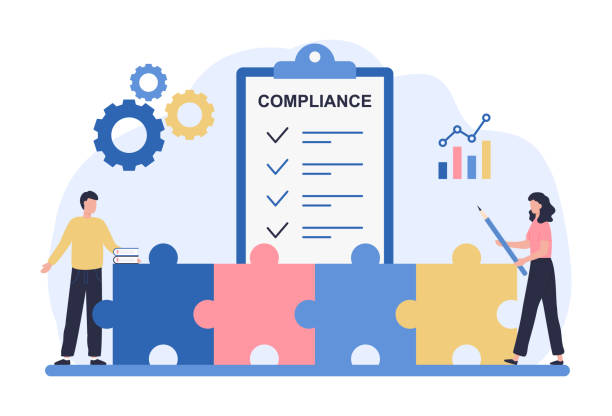M&A Security Advisory
Organizations often face significant challenges in addressing cybersecurity during mergers and acquisitions (M&A). Overlooking this critical aspect can expose the business to severe financial and reputational risks.
Many organizations lack the specialized resources and expertise required for an in-depth security evaluation. That’s where the 8kSec M&A Security Advisory team comes in. With a proven track record and deep expertise, we provide tailored assessments to identify and address your specific cybersecurity risks. Our goal is to guide you in developing a strategic plan to mitigate those risks effectively.
Our M&A cybersecurity services offer the following benefits:
- Prevent costly data breaches and cyberattacks
- Identify and understand security risks associated with the transaction
- Create an actionable plan to address key vulnerabilities
- Streamline the due diligence process, saving time and resources
By integrating cybersecurity into your M&A process, we ensure your investments are protected and your organization is positioned for success.

Key Aspects of M&A Security Advisory Services
Comprehensive Cyber Risk Assessment
1. Infrastructure Evaluation
- Hardware and Software Audit: Review the target organization’s IT assets, including servers, workstations, and software applications, to identify outdated, unsupported, or vulnerable technologies.
- Network Security: Analyze firewalls, routers, switches, and other network devices to ensure secure configurations and protection against intrusions.
- Cloud and On-Premises Systems: Assess security measures in place for cloud-based services and on-premises systems.
2. Vulnerability and Threat Identification
- External Threat Assessment: Use penetration testing and vulnerability scanning to identify weaknesses that external attackers could exploit.
- Internal Threat Evaluation: Assess risks posed by insider threats, such as employees or contractors with malicious intent or unintentional risky behaviors.
- Malware and Ransomware Resilience: Review systems for signs of active malware, ransomware susceptibility, or previous compromises.


Compliance and Regulatory Review
1. Regulatory Identification and Scope Analysis
- Identify all applicable regulatory frameworks based on the target company’s industry, geographic locations, and customer base.
- Include sector-specific regulations like FERPA for education, FINRA for financial services, or FDA requirements for healthcare products.
2. Policy and Procedure Alignment
- Examine the target company’s internal policies and procedures to ensure they align with legal and regulatory standards.
- Evaluate policies for data privacy, security incident management, and employee training.
Data Protection and Privacy Evaluation
1. Data Inventory and Classification
- Conduct a comprehensive inventory of all sensitive data, including personal identifiable information (PII), financial data, intellectual property, and employee records.
- Classify data based on sensitivity and criticality (e.g., public, internal, confidential, highly confidential).
2. Data Storage and Encryption
- Review how data is stored across databases, file systems, and cloud environments.
- Ensure sensitive data is encrypted at rest using strong encryption protocols (e.g., AES-256).


Third-Party and Supply Chain Risks
1. Vendor and Partner Inventory
- Compile a comprehensive list of all third-party vendors, suppliers, and partners the target company engages with.
- Categorize them based on the level of access they have to sensitive systems or data.
2. Vendor Risk Assessment
- Evaluate the cybersecurity posture of key vendors through security questionnaires, audits, or certifications (e.g., ISO 27001, SOC 2).
- Check for adherence to industry standards and best practices in cybersecurity.
Benefits

Prevent Financial Losses
Avoid unexpected costs from data breaches or compliance penalties.
Enable Informed Decision-Making
Empower leadership with clear insights into cybersecurity risks and their business implications.

Ensure Business Continuity
Minimize operational disruptions due to cybersecurity issues during the transition.
